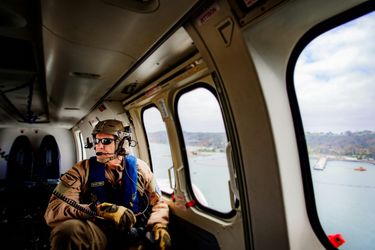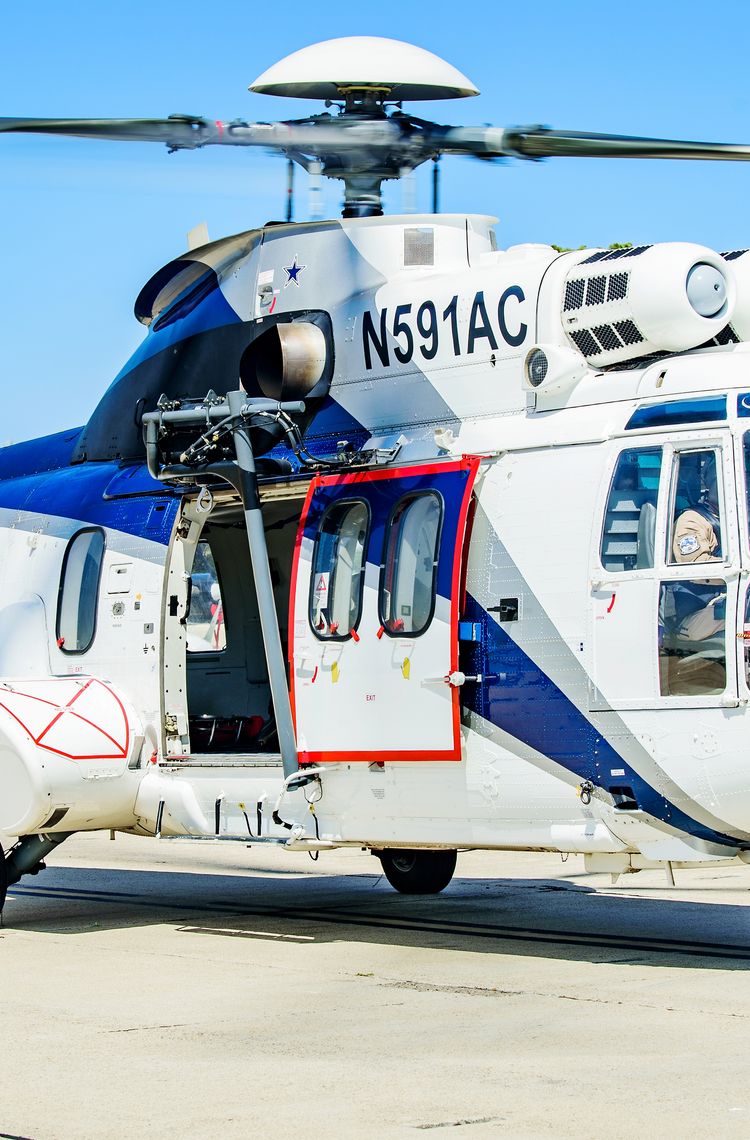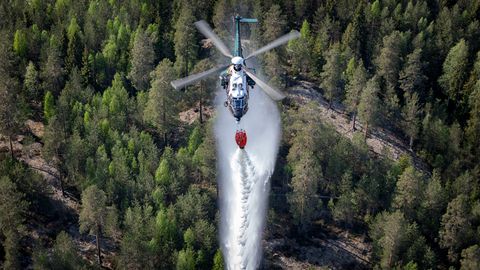In early 2024, the Caribbean nation of Haiti tipped into instability as its political system collapsed and gangs took control of its capital. Civilians and embassy personnel required immediate evacuation by foreign governments, notably the US.
Into the maelstrom flew Air Center Helicopters Inc. Headquartered in Texas, as a provider of niche airlift support it employs crews with military experience for missions varying from fire fighting to expeditionary airlift—often on behalf of government agencies.
The operation in Haiti fell under one such aegis. From 18 March to 3 May, in escalating conditions, Air Center Helicopters Inc. (ACHI) evacuated 2,100 US and Canadian citizens, embassy staff and foreign dignitaries.
Careful planning, mission-prepared
The evacuations involved many moving parts. ACHI’s Director of Operations handled daily flight schedules and coordinated with industry partner Air Charter Service and the US Department of Defense. The Chief Pilot and Flight Operations Manager managed customs and flight plans. Individual pilots-in-command were responsible for their flights, route planning and coordinating with local airport authorities. Crewmen dealt with passengers and bags at the helicopter landing zone and mechanics serviced the aircraft daily. Commitment to the effort was top down as ACHI’s CEO participated as PIC* for one of the aircraft throughout the flights.
Routes in and out of the zone involved an elaborate series of stops. From Texas, the aircraft flew to Florida before heading to Santo Domingo, Dominican Republic. This was the base of operations, serving departures to either Port-au-Prince in the south or Cap Haitien in the north to pick up evacuees. Since the instability meant there was no standard procedure when contacting the authorities in Dominican Republic and Haiti, getting jointly approved flight permits proved to be one of the biggest hurdles, so ACHI operations turned to the US Department of State to facilitate approvals.
Providers of hope
"It was not uncommon to have Dominican Republic and US citizens approach our crews telling them about stranded relatives in Haiti," says James Jensen, ACHI - Vice President of Operations.
Flying to where people waited with few possessions and fragile hope was challenging. Not only were distances vast, but the weather conditions changed quickly. Heat was in the mid-30s Celsius and thunder squalls dogged the island. To counter this, the H225s filed flight plans for instrument flight rules (IFR). "The lack of good weather reporting in Haiti provided challenges but the IFR capability [of the helicopters] and crew proficiency made flexing for diminishing cloud ceilings or visibility a reasonable task," says Jensen.

Due to Haiti's limited fuel options, Air Center equipped two Super Pumas with external fuel tanks. "They utilised the additional fuel to leverage better flexibility making intra-Haiti runs," says Jensen. Recalling people's fears for their stranded relatives, Jensen recalls, "It was very satisfying to hear from our crews that one such mother end up riding in on our aircraft to reunite with family."
To ensure safety in the volatile Port-au-Prince region, flight crews relied on American ISR** aircraft to advise them on areas of risk and changing ingress and egress routes. Among other things, this involved using UHF radios to communicate with surveillance aircraft.
The Super Puma with its large cabin offered another degree of flexibility, since teams configured the aircraft either with 18 passenger seats, or empty to carry up to 4,000 lbs of cargo. The figures are staggering any way you look at them: 100+ flights, 300+ flight hours, 39,299 NM flown. One helicopter able to do it all.

*PIC: Pilot in command
**ISR: Intelligence, surveillance and reconnaissance






